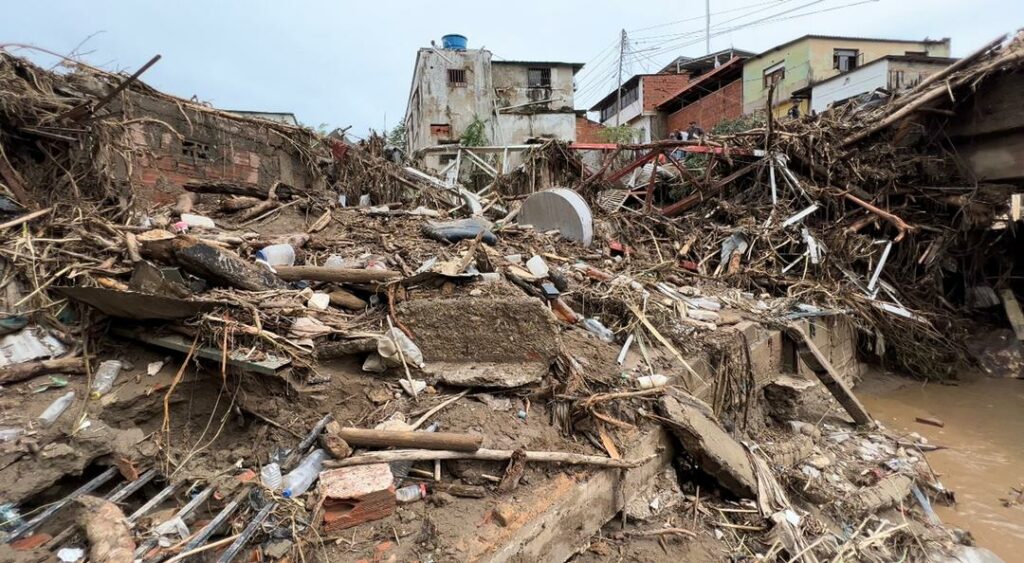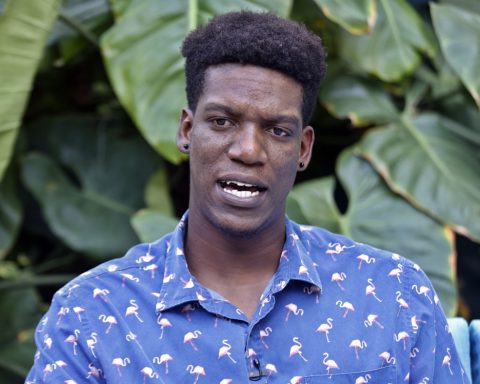The appearance of three dead whales over the weekend in the Nuevo Gulf brings to 18 the number of corpses counted on the coasts of Península Valdés since September 24, when the first discovery was recorded.
The sighting of the new lifeless bodies was confirmed by biologist Mariano Coscarella, a researcher at the National Patagonian Center, who revealed that “Indeed, this weekend, first one and then two were found in the areas known as Ameghino and Piagio, east of El Doradillo, near Puerto Madryn in northeastern Chubut.”
The researcher clarified to Télam that “this does not mean that they have died recently because the bodies float in the gulf due to the large amount of accumulated fat and only those that reach the coast are counted, as happened in this case.”
From the Southern Right Whale Health Monitoring Program, work on the hypothesis that relates these deaths to poisoning by harmful algal blooms, known as red tidessince very high levels of biotoxins were detected in samples of plankton and bivalves from the site.
This is how the Whale Conservation Institute (ICB) described it in its latest report.
We update and expand the information on the death of adult and juvenile right whales in the New Gulf of Península Valdés in a new note on our website ?
— Whale Conservation Institute (@ICB_Argentina) October 7, 2022
The appearance of the three new specimens is part of the phenomenon that began to be observed 15 days ago and they estimate that the bodies found this weekend are not recent since the toxin levels measured in bivalves and in water samples decreased ostensibly since last week.
In this sense, the director of Flora and Fauna of Chubut, Fernando Bersano, informed Télam that “the toxin units for the Nuevo Gulf fell from 18,000 to 2,700 Mouse Units (RU)”.
“The whale is a great filter feeder, it eats that way, and when looking for copepods it also introduces microalgae with loads of toxins into the body”
Hypothesis
The studies carried out on the samples taken from the corpses have not yet been completed, but the sources consulted by this agency they interpreted that the explanation of what happened in the framework of a natural event lies in the increase in the toxin levels.
The deaths can find an explanation in the feeding habits of the southern right whale (Eubalaena australis) that usually consume Copepods (small beings identified as zooplankton) in the last months of the season, that is, October and November.
“The whale is a great filter feeder, it eats that way, and when looking for copepods it also introduces microalgae with loads of toxins into the body,” the biologist theorized.

It is known that in an adult human the consumption of 10 mussels contaminated by red tide can be fatal, but here we are dealing with specimens with a weight that exceeds 30,000 kilos, which reveals the high level of toxins found in historical records.
The answer to the doubts will be provided by the laboratory work when the kidney, liver, urine, blood and gastrointestinal content samples are processed.
In 2015 and 2021 there were also deathsproduct of the red tide, although not in such a short period of time as this season and it is not ruled out that more whale carcasses appear on the coast.


















